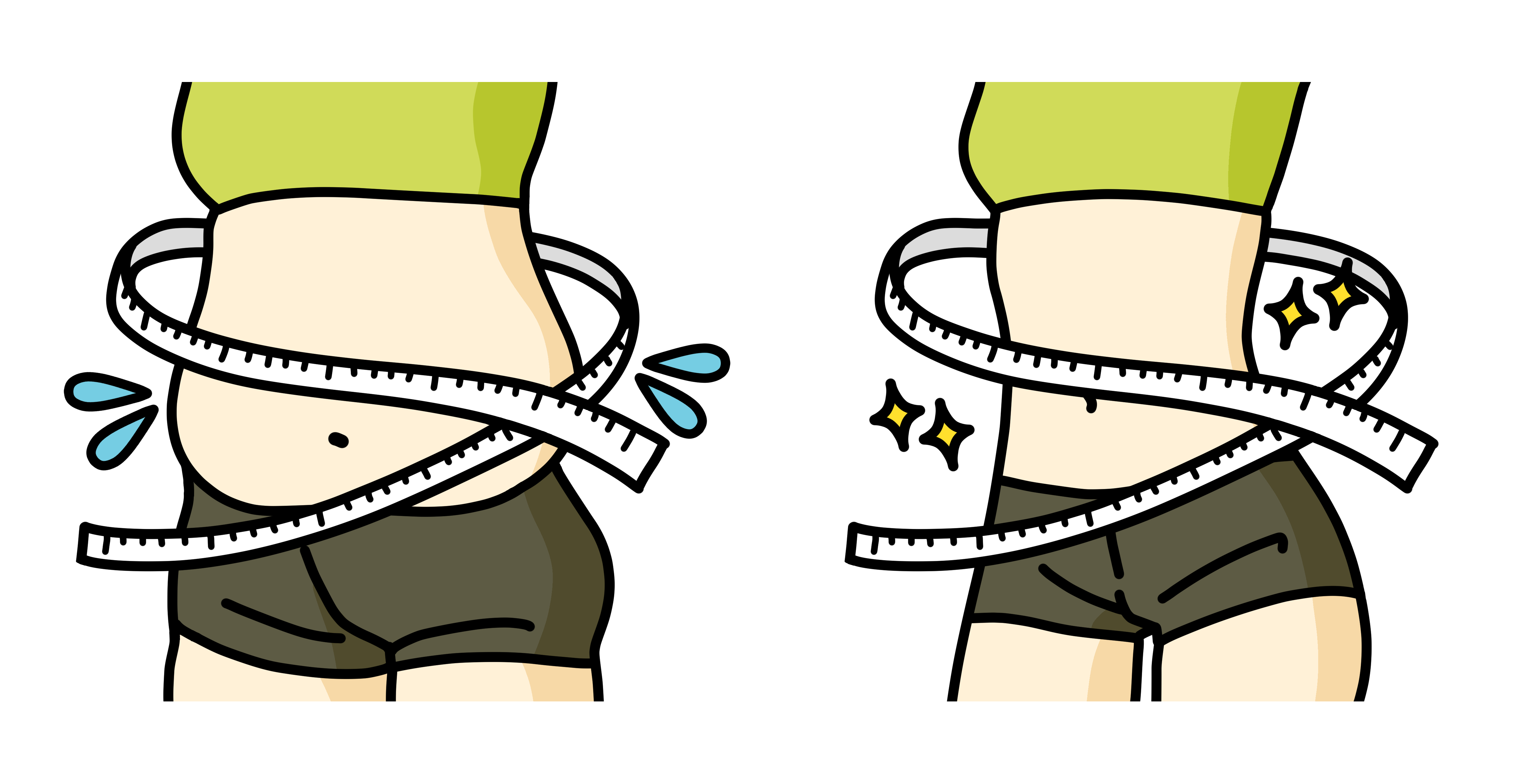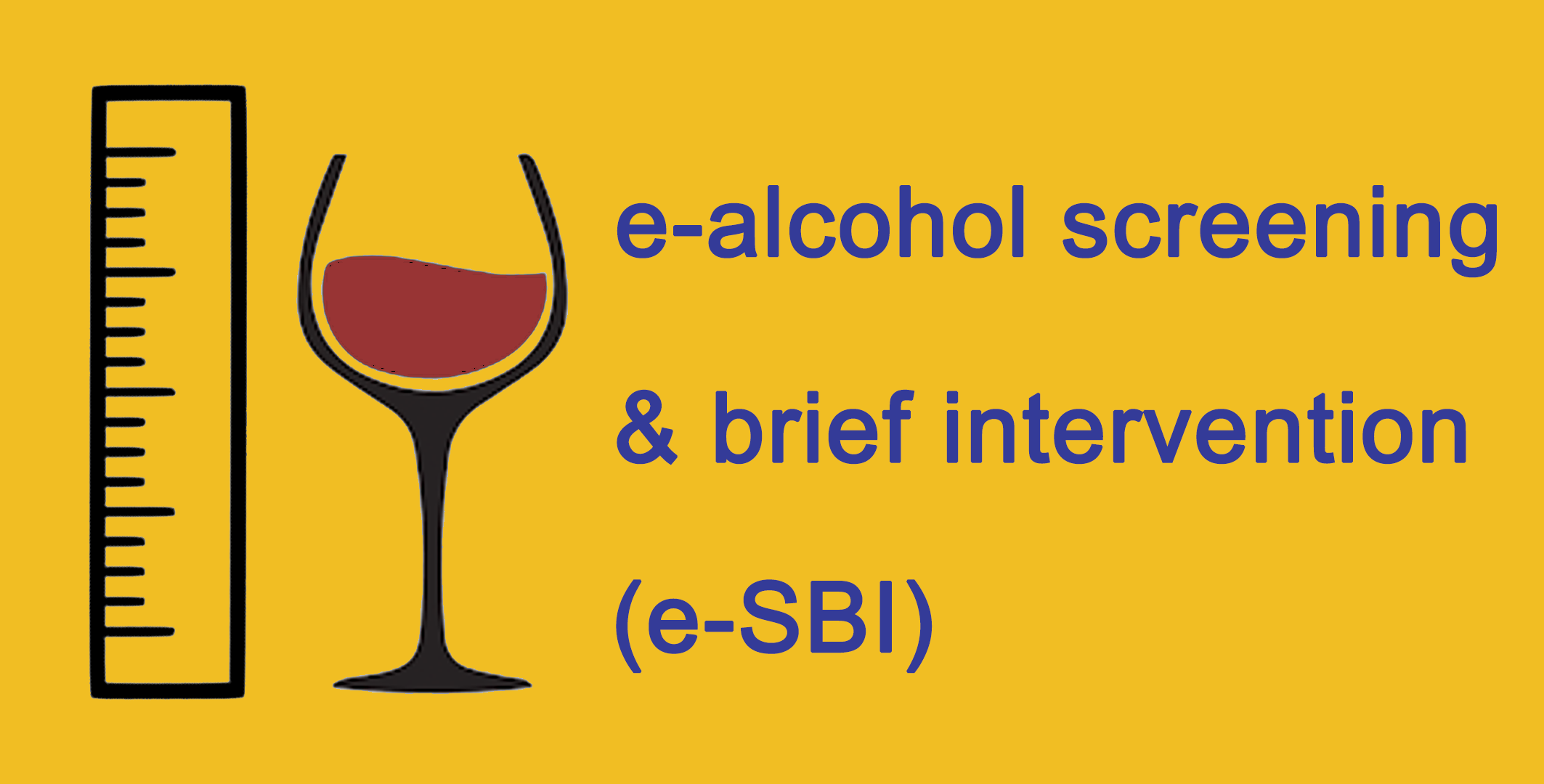NCD Watch
Waist Size, Body Shape and Health
11 February 2025 (Tue)

‘Apple’ and ‘pear’ are the two common body shape descriptions used to reflect where excess fatty tissues are accumulated. Central obesity with apple body shape is associated with increased risks of cardio-metabolic disorders and various chronic diseases.
Waist circumference and waist-to-hip ratio reflect central obesity. For most Asian adults including Chinese, central obesity is defined as having a waist circumference 90 centimeters (cm) or above for men and 80 cm or above for women. A waist-to-hip ratio at 0.90 or above for men and 0.85 for women would also signify central obesity. In general, the larger the waist circumference or the higher the waist-to-hip ratio, the greater the chronic disease risk.
Among local persons aged 15–84, the Population Health Survey 2020-22 revealed that the mean values of waist circumference were 86.4 cm for males and 77.7 cm for females; the mean values of waist-to-hip ratio for males and females were 0.88 and 0.82 respectively. Furthermore, 37.8% and 35.4% of them were classified as centrally obese when defined by waist circumference and waist-to-hip ratio, respectively.
To reduce the risk of obesity and having a pot belly, members of the public are urged to lead a healthy lifestyle that includes eating a balanced diet, refrain from alcohol drinking, being physically active and reducing sedentary behaviours.
The Government of the Hong Kong Special Administrative Region is committed to stepping up the prevention and control of obesity and striving to halt the rise of obesity. The Department of Health will continue to organise health promotional campaigns using a variety of strategies to enhance public awareness about the importance of healthy living in reducing the risk of obesity and having a pot belly, as well as working in close partnership with relevant stakeholders and community partners to foster a health enhancing environment.
Source: NCD Watch February 2025This link will open in a new window






































